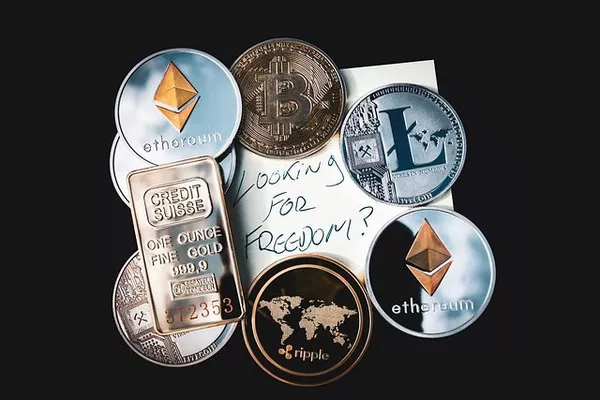In the world of precious metals investing, particularly in silver, enthusiasts and investors often come across the term “over spot.” For those new to the realm of buying and selling silver, this phrase may seem perplexing. In this article, we will explore the meaning of “over spot” when purchasing silver, shedding light on the dynamics that influence prices and helping investors make informed decisions.
Defining “Over Spot”
Before delving into the intricacies of “over spot,” it is essential to understand the concept of the spot price itself. The spot price refers to the current market price of one troy ounce of silver. This price is determined by various factors such as supply and demand, geopolitical events, economic indicators, and market sentiment.
When we refer to “over spot” in the context of buying silver, we are essentially talking about the premium over the spot price that one pays when purchasing physical silver bullion, coins, or bars. The spot price acts as a benchmark, and any additional amount paid is considered the premium, which can vary based on multiple factors.
Factors Influencing the Premium
Several factors contribute to the premium over spot when buying silver. Understanding these factors is crucial for investors seeking to make informed decisions in the precious metals market.
Product Type: Different forms of silver products come with varying premiums. For instance, government-issued silver coins like the American Silver Eagle or Canadian Silver Maple Leaf often carry higher premiums compared to generic silver rounds or bars. This is because government-backed coins are considered more recognizable and liquid, making them more desirable for investors.
Mintage and Rarity: Limited mintage or rare silver coins may command higher premiums due to their scarcity and collector appeal. Coins with historical significance or special editions are often priced higher than standard bullion.
Condition: The condition of the silver product can also impact the premium. Brand new, uncirculated coins or bars typically command higher premiums than those that show signs of wear or tarnish.
Dealer Markup: The dealer’s markup plays a significant role in determining the premium over spot. Dealers may charge different markups based on their business models, operating costs, and desired profit margins. Shopping around and comparing prices from various dealers can help investors find competitive premiums.
Market Conditions: Dynamic market conditions, such as high demand or supply chain disruptions, can influence premiums. During periods of increased demand for physical silver, premiums may rise due to heightened market activity.
Purity and Weight: The purity and weight of the silver product also impact premiums. Higher purity products may command higher premiums, and larger weight denominations may offer a lower premium per ounce.
Navigating the Decision-Making Process
For investors looking to purchase silver, understanding the factors influencing premiums over spot is essential for making informed decisions. Here are some tips for navigating the decision-making process:
Research and Education: Before making any purchase, investors should conduct thorough research and educate themselves about the different types of silver products, their premiums, and the factors that influence pricing. This knowledge empowers investors to make informed choices aligned with their investment goals.
Establish Investment Goals: Clearly defining investment goals helps determine the type of silver products that align with one’s objectives. Whether the focus is on wealth preservation, capital appreciation, or collecting rare coins, having clear goals guides the selection process.
Compare Dealer Prices: Shopping around and comparing prices from various reputable dealers is crucial. Different dealers may offer different premiums, and finding competitive pricing can result in cost savings for investors.
Consider Storage Costs: If physical possession of silver is not a priority, investors should consider storage costs associated with holding precious metals in secure facilities. These costs can impact the overall investment return.
Diversify Holdings: Diversification is a key principle in investment strategy. Investors may consider diversifying their silver holdings by acquiring a mix of government-issued coins, generic rounds, and bars to balance premiums and potential liquidity.
See Also What Does Over Spot Mean In Silver
Conclusion
Understanding the concept of “over spot” is pivotal for individuals venturing into the world of silver investing. The premium paid over the spot price reflects various factors, including product type, rarity, condition, dealer markup, market conditions, and purity. By grasping these dynamics, investors can make well-informed decisions, tailoring their silver acquisitions to align with their financial goals and risk tolerance. Ultimately, staying informed, conducting thorough research, and carefully considering the factors influencing premiums contribute to a successful and strategic approach to silver investing.


